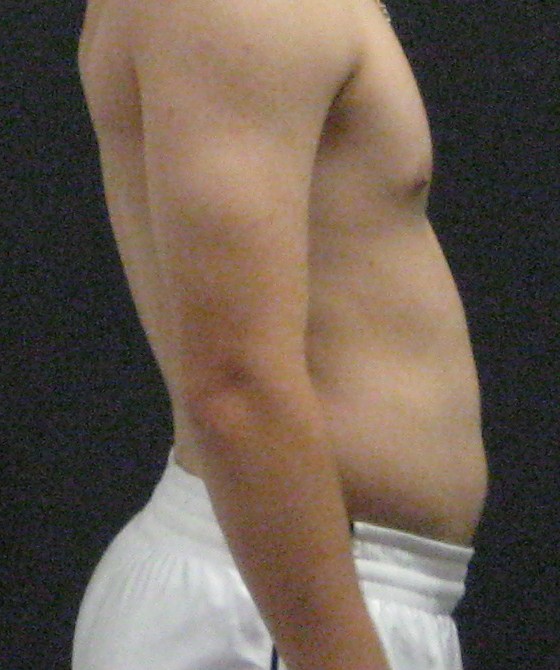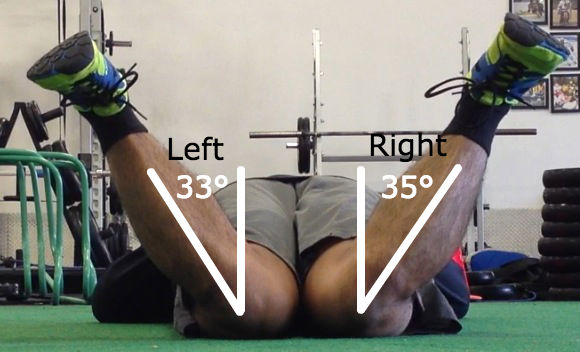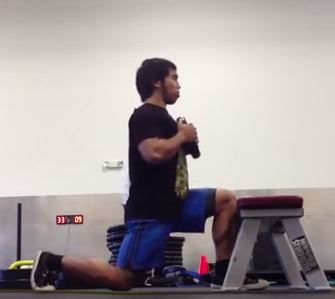I’m starting off a new series of exercise programming favorites. This will aim to demonstrate very pragmatic programming choices for how I program for our athletes at Cressey Sports Performance.
In my recent post “So… What Do You Do? Part 2” I explained that I have been recently collecting assessment information in order to see where I am pragmatically with my exercise options.
“There’s an input… and an output.” –Charlie Weingroff
Through the large handful of assessments I’ve had in my disposal at this facility and past ones, there is a large discrepancy of unilateral instability that is often displayed through the midsection. Couple this with lack of range of motion, and we can begin to unravel a sequelae of neurological and systemic degradation.

Some have called this gluteal amnesia. Following the Joint by Joint Approach will allow us to come to the conclusion that often the “core” will need stability, and the hip will need subsequent mobility.
Whether you are utilizing an active single leg assessment, or you are utilizing a passive test to determine the available range of motion at the hip, it is understood that the glute medius and glute minimus are hip internal rotators, or rather they are recruited when the femur is asked to internally rotate within the hip joint (acetabulum).
These specific muscle groups involve stabilizing the “core” by recruiting obliques, and reducing lumbar erector spinae recruitment patterns.

A1. Single Leg Work
A2. Side Bridge or Side Plank
If our aim is to improve stability in a unilateral fashion, when the femur on the stable leg performs hip flexion, you are receiving an input aimed at improving lateral stability, as Tony Gentilcore put it, and this allows for literally ALL qualities (core stability, hip mobility, and strengthening via single leg training) to be improved upon.
This sequence also allows for the femur to shift into the acetabulum in a more posterior fashion as the lead leg goes into hip flexion (and the opposite is in hip extension) in a reverse lunge, for example.

If you don’t have stability of the core, nor do you not have adequate range of motion within the hip joint, what else is a better option than the combination of these two exercises to improve range of motion and quickly stabilizing what you have gained?
Who Is It For?
There aren’t many restrictions when it comes to this exercise sequence. If you have severe pain, probably a good idea to get it checked out, just to be safe. But other than that…
Using this as a “Phase 1” of programming to quite literally “reprogram” propioceptive input to the brain is not the worst thought process.
He doesn’t need to do side bridges in between these lunges.
Troubleshooting
- Focusing on breathing and rib position, making sure you push *away* from the floor (which will reinforce abdominal control), along with hip positioning (posterior pelvic tilt while sideways) will help reinforce an appropriate position – and ultimately a great deal of awesomeness as displayed above.
This sequence is not meant to replace a lack of mobility found within the hip – however, it can be reinforced by including a posterior hip capsule stretch, which will allow a more relative input to the back of labrum, and by “activating” the glute medius/min, along with external/internal oblique recruitment from the side plank, you will be providing several opportunities for improving movement acquisition or learning.
Not bad for the first search term for “glute mobilization.”
Til next time.
Keep it funky.

